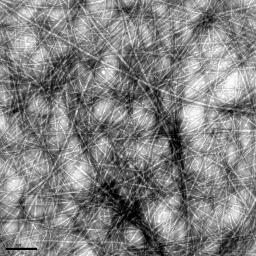Pages scientifiques 2014
Vous recherchez le site web du CEA-LIDyL : "Laboratoire Interactions, Dynamique et Lasers" ?
Looking for the web site of the CEA-LIDyL : "Laboratory on Interactions, Dynamics and Lasers" ?
LIDYL n'est pas LIDL ! !
LIDYL n'est pas LIDL ! !
LIDYL n'est pas LIDL ! !
LIDYL n'est pas LIDL ! !
LIDYL n'est pas LIDL ! !
LIDYL n'est pas LIDL ! !
LIDYL n'est pas LIDL ! !
LIDYL n'est pas LIDL ! !
LIDYL n'est pas LIDL ! !
LIDYL n'est pas LIDL ! !
LIDYL n'est pas LIDL ! !
LIDYL n'est pas LIDL ! !
LIDYL n'est pas LIDL ! !
Multiferroic compounds are materials which show several order parameters including for instance ferroelectricity and magnetism. The coupling between these two orders is an important property called magnetoelectric coupling leading to exciting potential applications in information technology and sensors. Bismuth ferrite (BiFeO3) is the only multiferroic with both ordering temperatures way above room temperature, but unfortunately, it is antiferromagnetic. Nevertheless, one can imaging coupling it with ferromagnets, which are more easily measurable, to make a working device.
Another alternative lies in using the properties of topological defects like domain walls (DW), which have their own interesting properties. In particular, these objects can have a magnetic moment as well as interesting photo-electric properties. They can also be manipulated with an electrical field and as such, they offer potential for non-volatile storage, logic or optoelectronic devices.
One PhD project (Camille Blouzon) supported by the ANR “Multidolls” is to study bismuth ferrite DW properties, including photovoltaic and magnetic… A wide range of characterization technics as synchrotron radiation, neutron scattering, and original homemade experimental setups will be used.
Since the beginning of the years 2000, more and more examples of functional amyloid fibers have been discovered in bacteria and fungi as well as in the mammals’ realm[1-2]. Very recently, a study on about forty peptide hormones has demonstrated that those were stored inside pituitary secretory granules under the form of amyloid fibers[3].
Beyond the structural biology question, we are especially interested in these molecules because we think they might be appropriate models to tackle broader issues like biomimetic self-assembly and amyloid formation – amyloid understood as “beta-sheet rich assembly”.
Indeed, peptides are generally small and easily synthesizable molecules that, if our hypothesis is right, will form reversible amyloid-like assemblies whose structure and assembly mechanism will be carefully studied.













